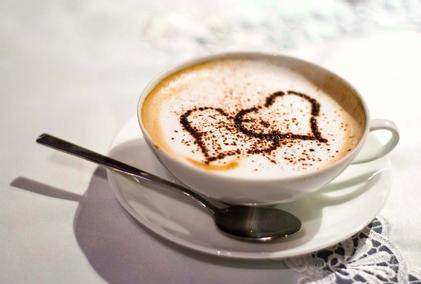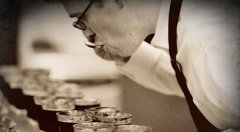Jazz themed coffee cocktail bar

Since when do cafes focus on jazz? JAZZ is not responsible for the origin and development of cafes.
The reason is that in countries where there are many cafes such as France and Italy, there is no background music in them. In French cafes, in particular, people like to set up a row of tables in front of the windows along the street, and then sit down in a row of people, chatting, watching street views, and music. I'm afraid they can't hear it at all.
The first thing to say is that there are cafes and then jazz. Whether in Japan or in Shanghai, cafes appeared on the street with the arrival of foreigners and the westernization of social culture. When jazz came to the East, it was more than 30 years after these "foreign markets" developed.
The Jazz Cafe in Japan originated in the early years of Showa in the 1920-1930s. During this period, American jazz changed from white jazz to Swing, and many famous musicians of the big orchestra period emerged. At the same time, the Bailemen band in Shanghai was also one of the main representatives of oriental jazz. At this time, jazz is based on live performance, which combines the role of dance music, and belongs to the music used in places of entertainment. Compared to quiet cafes, jazz was not very suitable at that time, so it did not form a climate in Japan.
During World War II, Shanghai was occupied by the Japanese. Since jazz originated in the United States, it has been banned by all fascist regimes, including Japan, and it is difficult to find jazz in both Shanghai and Japan. It was not until the 1950s after the war that the ban on jazz was lifted again in Japan under the control of American occupying forces.
In the 1950s, jazz appeared with improvisation as the main body of Bebop, and the commercial release of jazz albums began to get on track. In Japan, it is difficult for the average family to afford the cost of players and records. And some cafes, because of the purchase of excellent playback equipment and a large number of records, (the relatively closed space enhances the effect of the playback equipment and can well reproduce the playing environment of Bebop) makes jazz lovers gather in these places. Although Shanghai, which is full of jazz music at the same time, there is no more jazz music because of the system.
This kind of "jazz coffee shop" is quite different from other coffee shops:
The repertoire depends entirely on the taste of the shopkeeper.
There are almost no radio broadcasts in the store.
Regular customers can play records.
No talking, no knocking on the table.
Alcohol is available
In the evening, it will become a jazz bar.
Open until the early morning.
In the 1960s and 1970s, the student movement around the world was booming. Because of the student gathering place, the jazz coffee shop has become one of the hallmarks of the student movement. This is beside the point.
After the 1970s, as pop music and rock music gradually watered down jazz from the eyes of the public, most jazz coffee shops have changed their business models. The jazz coffee shop left behind has almost become a "historical relic", with a fixed but rare fans.
Now, with the penetration and development of jazz music in the mainland, the atmosphere of most cafes coincides with the lazy rhythm of jazz, so jazz has become the main music of large and small cafes.
Important Notice :
前街咖啡 FrontStreet Coffee has moved to new addredd:
FrontStreet Coffee Address: 315,Donghua East Road,GuangZhou
Tel:020 38364473
- Prev

How long can I learn to pull coffee? The skill of pulling flowers in coffee
Friends who like coffee flowers, I am glad that you, like me, also like coffee and are willing to pay time for coffee to study. To be a professional barista, you must first learn to make coffee. Caffeine is only one of the skills that baristas possess. Only through constant practice and correcting mistakes can you gain something from failure. I can see a lot of hype on the Internet.
- Next

2014 Southwest Division WBC World Barista Competition preparation students
In December 2013, Wang Meng signed up to participate in the advanced class of Chongqing Brista Coffee training Institute. Through 40 days of intensive training, coffee theory knowledge and coffee making skills have been greatly improved. Under the arrangement of the school coffee employment teacher, he worked smoothly in a coffee shop in Chongqing and held the position of barista. A few days ago, he contacted me and said he wanted to attend Ming.
Related
- Beginners will see the "Coffee pull flower" guide!
- What is the difference between ice blog purified milk and ordinary milk coffee?
- Why is the Philippines the largest producer of crops in Liberia?
- For coffee extraction, should the fine powder be retained?
- How does extracted espresso fill pressed powder? How much strength does it take to press the powder?
- How to make jasmine cold extract coffee? Is the jasmine + latte good?
- Will this little toy really make the coffee taste better? How does Lily Drip affect coffee extraction?
- Will the action of slapping the filter cup also affect coffee extraction?
- What's the difference between powder-to-water ratio and powder-to-liquid ratio?
- What is the Ethiopian local species? What does it have to do with Heirloom native species?

